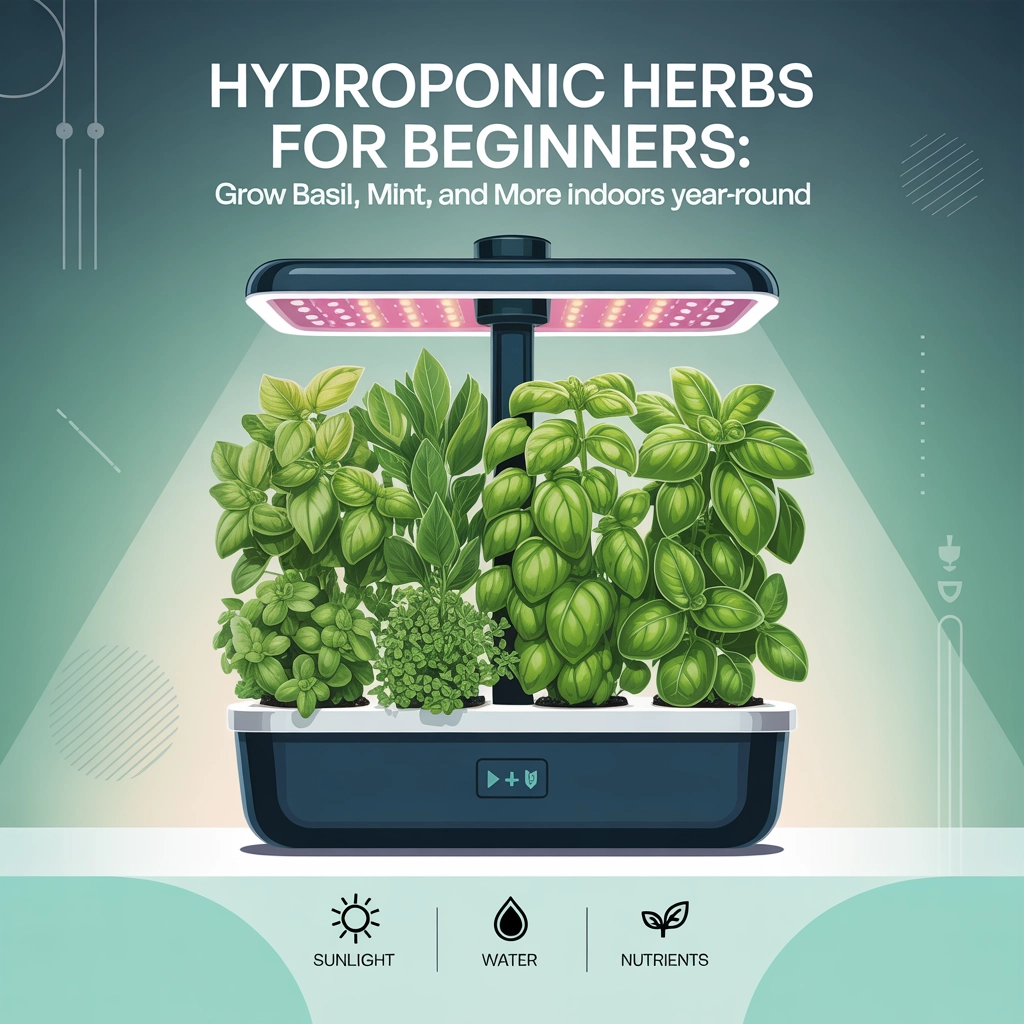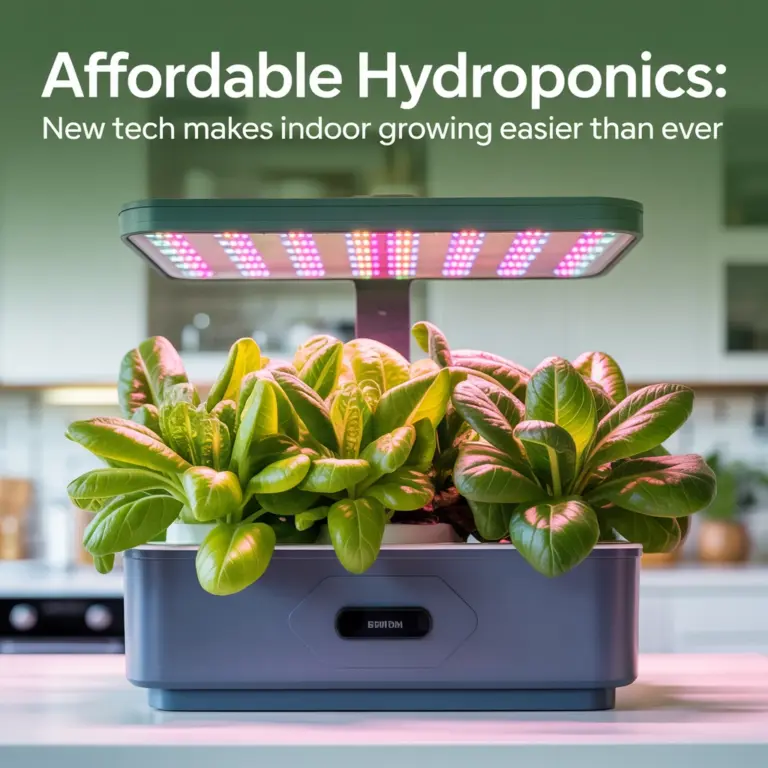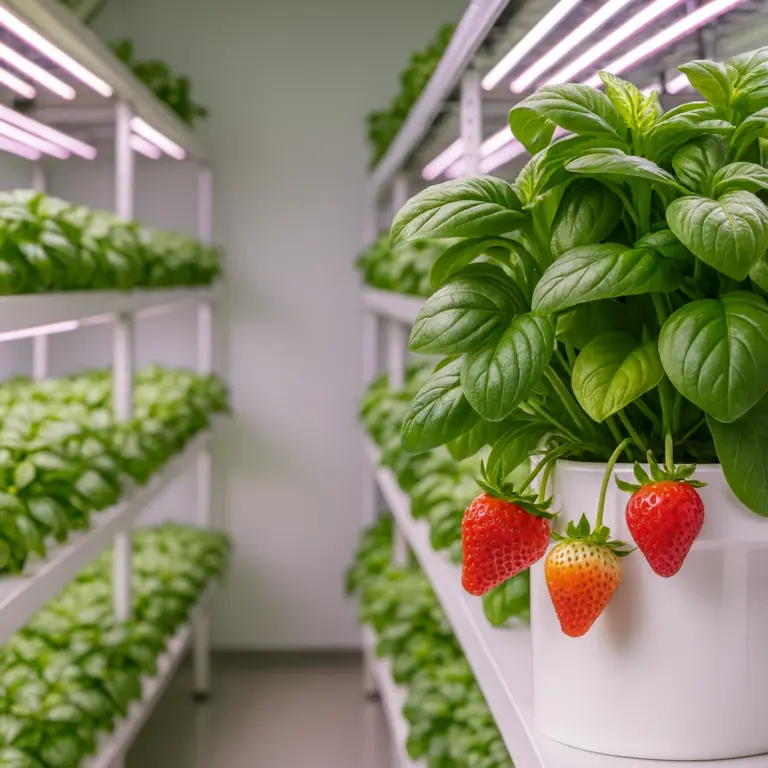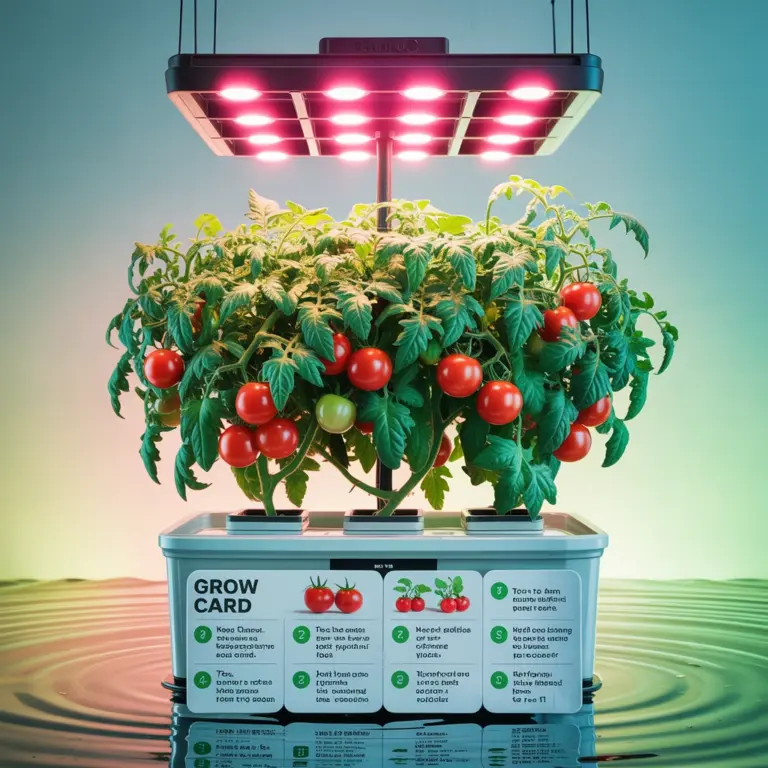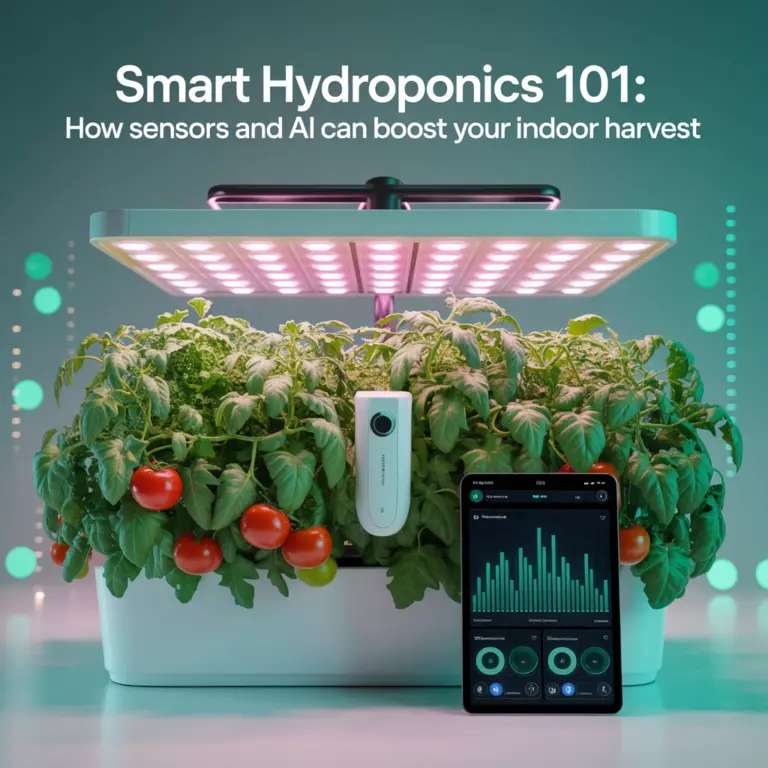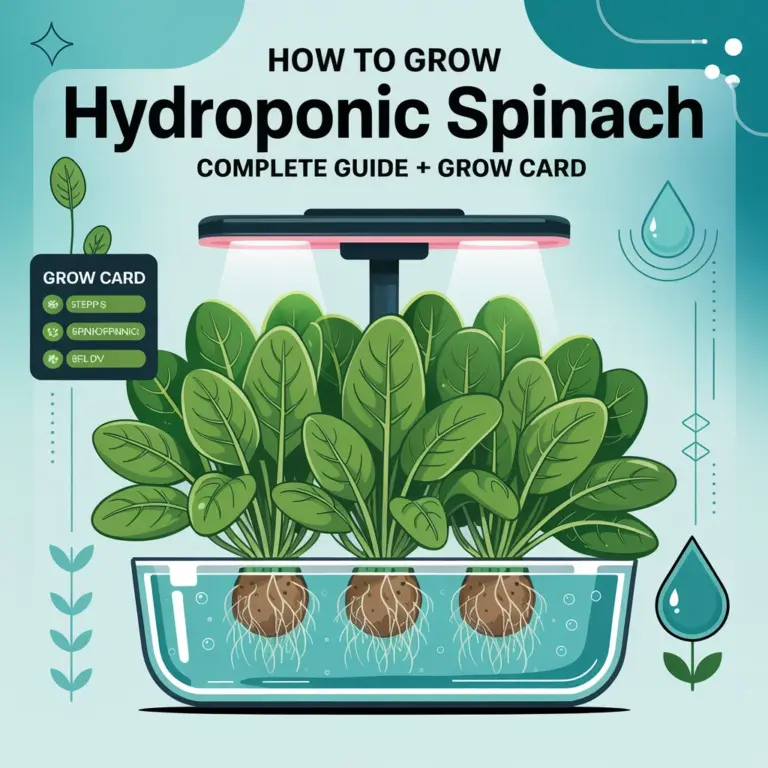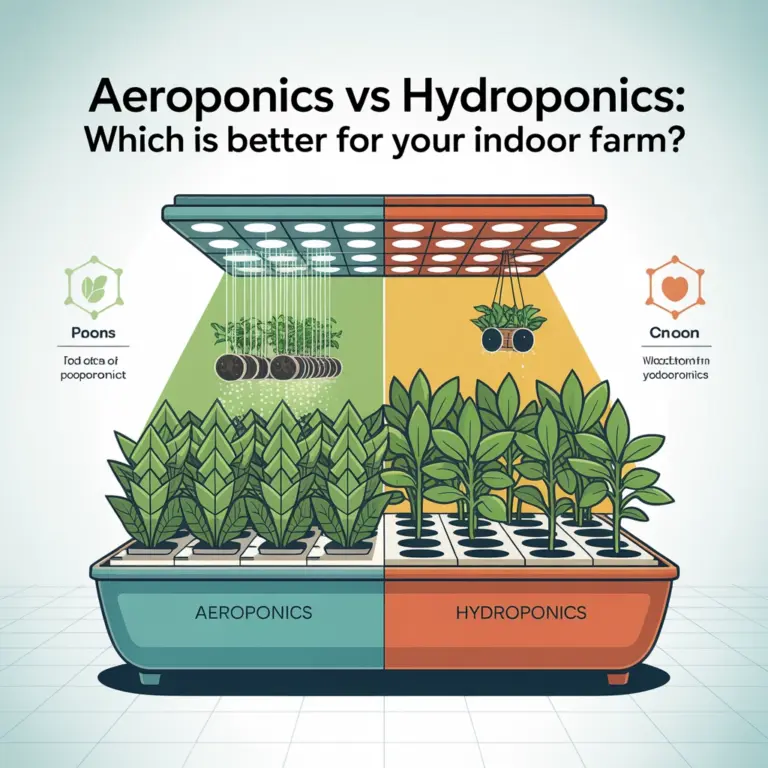Hydroponic Herbs for Beginners: Grow Basil, Mint, and More Indoors Year-Round
There’s nothing quite like the satisfaction of snipping fresh herbs from your own garden to elevate tonight’s dinner. But what if you could do that every single day of the year, regardless of whether it’s snowing outside or you’re dealing with a tiny apartment? Welcome to the world of hydroponic herbs – where your kitchen counter becomes a year-round herb paradise.
Growing herbs hydroponically might sound fancy, but it’s actually one of the most beginner-friendly ways to start your indoor gardening journey. No soil, no weeds, no guesswork about watering – just clean, efficient growing that delivers fresh flavors faster than you ever thought possible.
Why Choose Hydroponic Herbs?
Before we dive into the how-to, let’s talk about why hydroponic herbs are such a game-changer. First off, they grow incredibly fast. We’re talking basil that’s ready to harvest in just a few weeks, not months. Plus, since you’re controlling their entire environment, your herbs will be more flavorful and vibrant than anything you’d find at the grocery store.
The best part? No seasonal limitations. While your neighbors are dealing with frost-killed herb gardens, you’ll be harvesting fresh mint for your morning tea and basil for your pasta sauce, no matter what the weather’s doing outside.
Perfect Starter Herbs for Beginners
Not all herbs are created equal when it comes to hydroponic growing. Some are super forgiving and practically grow themselves, while others can be a bit finicky. Let’s start with the winners – the herbs that’ll give you confidence and quick results.
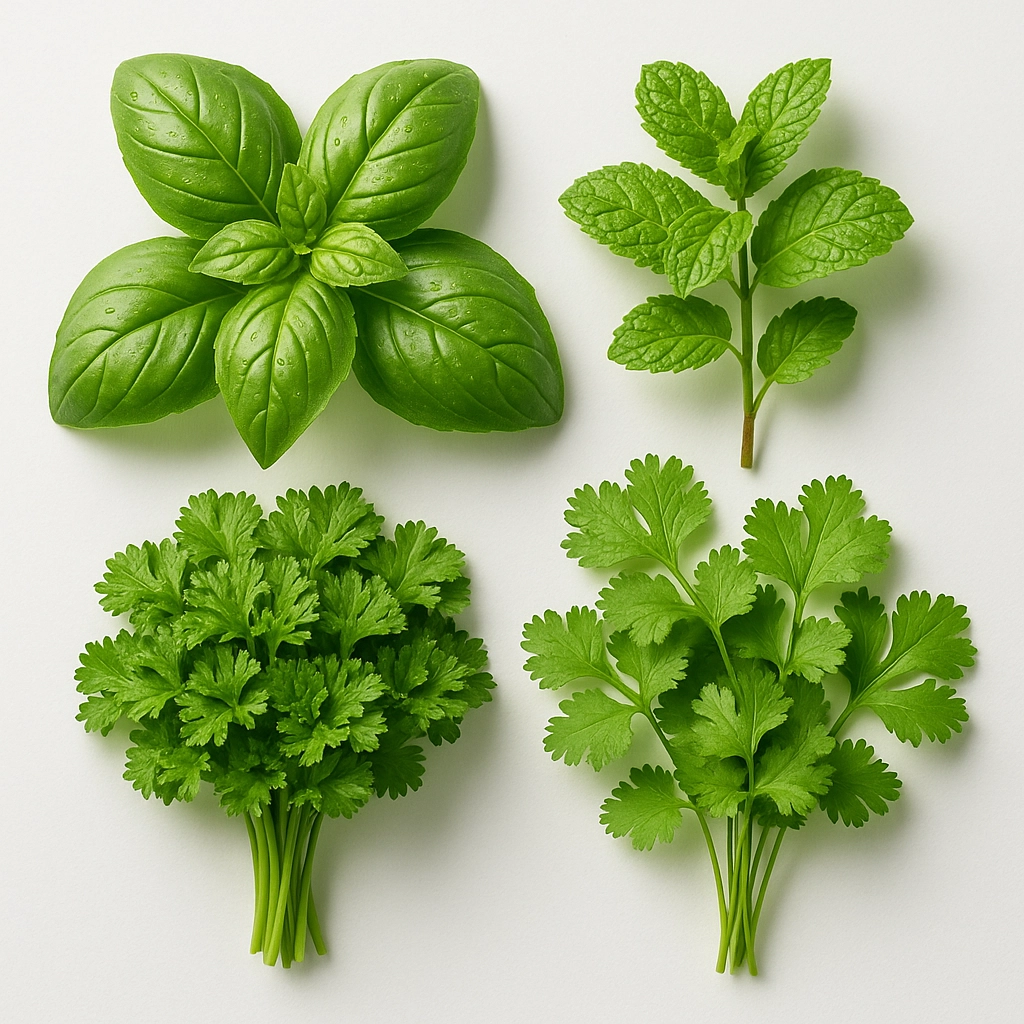
Basil is the superstar of hydroponic herbs. It loves the controlled environment, grows quickly, and the more you harvest, the bushier it gets. Start with sweet basil – it’s reliable and delicious. Thai basil and purple basil are great next steps once you’ve got the basics down.
Mint is another champion for beginners. This stuff grows like crazy in hydroponic systems, sometimes almost too well! Spearmint and peppermint are both excellent choices. Just remember – mint spreads fast, so it’s often best to give it its own container or system.
Cilantro might seem tricky because it bolts (goes to seed) quickly in hot weather, but hydroponics lets you control the temperature perfectly. Keep it cool, and you’ll have steady harvests of this polarizing but beloved herb.
Parsley – both flat-leaf and curly – is incredibly easy-going. It doesn’t need super bright light and handles a range of conditions well. Plus, you’ll use it in everything from salads to soups.
Thyme and oregano are compact powerhouses. They don’t need much space, handle slight neglect well, and a little goes a long way in cooking.
Setting Up Your First Hydroponic Herb Garden
The beauty of starting with herbs is that you don’t need a massive, expensive setup. You can begin with something as simple as a mason jar setup (called the Kratky method) or invest in a small countertop system designed for herbs.
For the absolute beginner, here’s what you’ll need:
- A container for your water and nutrients
- Growing medium (like expanded clay pebbles or rockwool)
- Hydroponic nutrients
- A way to provide light (LED grow lights work great)
- Seeds or seedlings
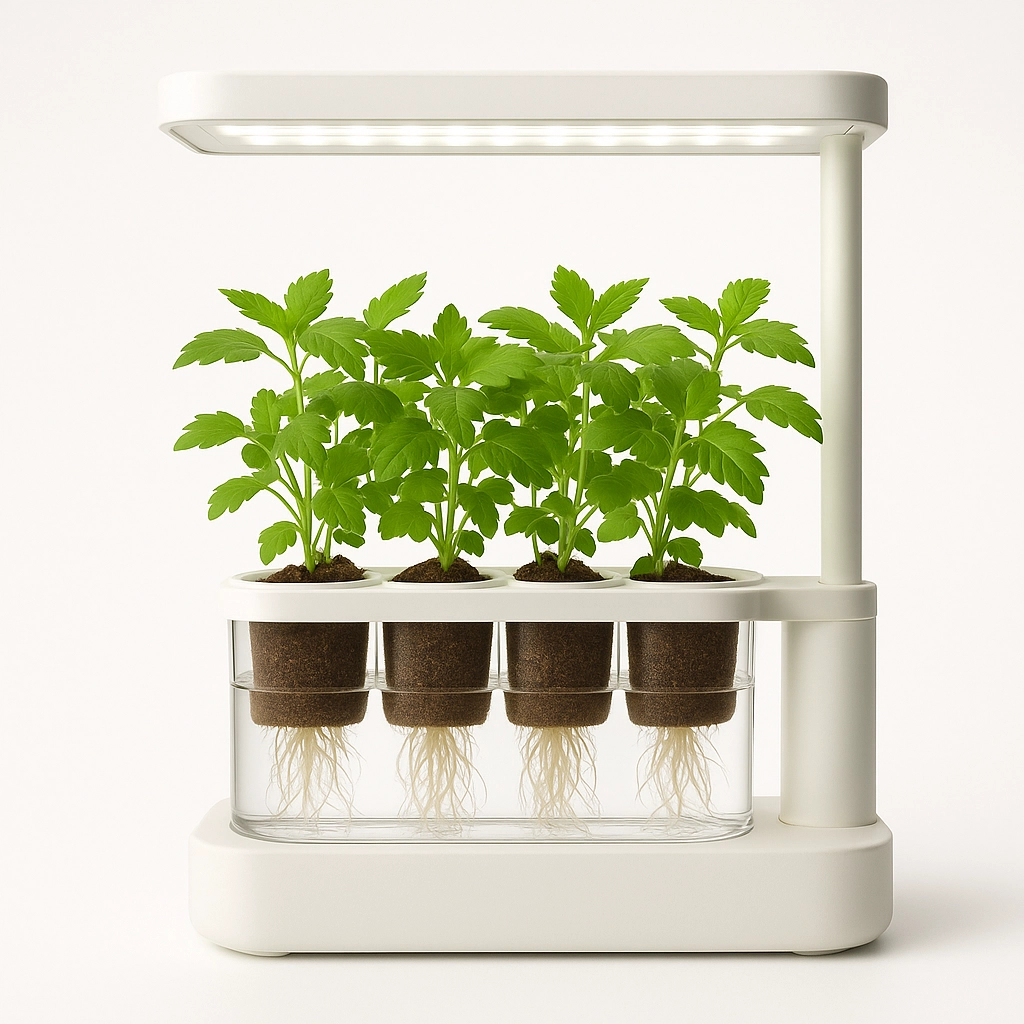
The Kratky method is perfect for testing the waters. Fill a mason jar with nutrient solution, place your seedling in a net pot with growing medium, and let the roots grow down into the water. As the water level drops, the roots develop an air section that helps them breathe. It’s passive, simple, and surprisingly effective.
If you’re ready for something more automated, look for small hydroponic systems designed for countertops. These usually include built-in LED lights and make the whole process even easier.
Getting the Growing Conditions Right
Here’s where hydroponics really shines – you get to play scientist and optimize everything for your herbs. Don’t worry, it’s not as complicated as it sounds.
pH levels need to stay between 5.5 and 6.5 for most herbs. You can test this with simple pH strips and adjust with pH up or down solutions. Most herbs are pretty forgiving, so don’t stress about hitting the exact number.
Lighting is crucial since you’re growing indoors. Herbs need about 14-16 hours of light per day. LED grow lights are your best friend here – they’re energy efficient, don’t get too hot, and provide the right spectrum of light. Position them 12-18 inches above your herbs for best results.
Temperature matters too. Most herbs prefer it around 65-75°F, though mint likes it a bit cooler. The great thing about indoor growing is that your home’s temperature is probably perfect already.
Nutrients: Feeding Your Herbs
Hydroponic nutrients might seem intimidating, but they’re actually pretty straightforward. You’ll typically use a liquid or powder fertilizer designed for hydroponics, mixing it with water according to the package directions.
Most herbs aren’t heavy feeders, so a general-purpose hydroponic nutrient will work perfectly. Change out your nutrient solution every 1-2 weeks to keep things fresh. Think of it like changing the water in a fish tank – regular refreshing keeps everything healthy.

Daily Care and Maintenance
One of the best things about hydroponic herbs is how low-maintenance they are once you get them established. Check your water levels every few days and top off as needed. Keep an eye on your plants for any signs of trouble – yellowing leaves might mean nutrient issues, while pale growth often indicates insufficient light.
The most important daily task? Harvesting! Regular harvesting keeps your herbs producing and prevents them from getting woody or going to seed. For basil, pinch off the top growing tips. For parsley and cilantro, cut outer stems first. With mint, you can harvest pretty aggressively – it’ll just come back stronger.
Harvesting Like a Pro
Here’s the secret to keeping your herbs producing: harvest early and often. Don’t wait until your plants are huge – start harvesting when they have 6-8 healthy leaves.
For basil, always pinch just above a pair of leaves. This encourages branching and gives you a bushier plant. Never let basil flower if you want to keep harvesting leaves – those flower buds redirect all the plant’s energy.
Mint can handle aggressive harvesting. Cut stems back by about one-third, and you’ll have new growth within days. Parsley and cilantro are best harvested from the outside in – take the outer stems and let the center keep growing.
The Year-Round Advantage
This is where hydroponic herbs really shine. While outdoor gardens shut down for winter, your indoor herb garden keeps cranking out fresh flavors. Imagine having fresh basil for pizza in January, or mint for mojitos in February. No more paying premium prices for wilted grocery store herbs that go bad in three days.
Your herbs will also taste better than store-bought ones because they’re harvested at peak freshness and haven’t traveled hundreds of miles. Plus, you know exactly how they were grown – no mysterious pesticides or chemicals.
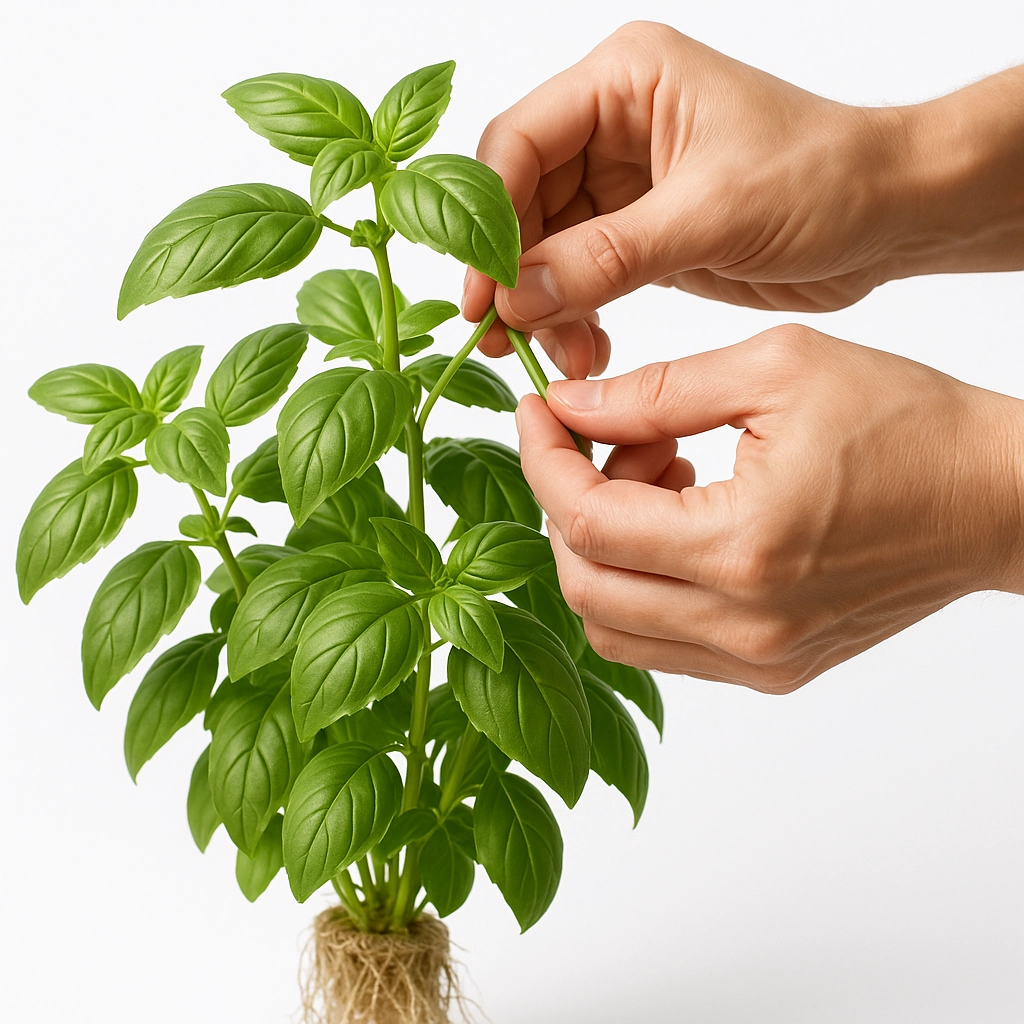
Expanding Your Herb Empire
Once you’ve mastered the basics with a few herbs, the world opens up. Try growing multiple varieties of basil – Genovese for pasta, Thai basil for stir-fries, purple basil for garnishes. Experiment with different mints, or branch out to herbs like chives, dill, or even lettuce (technically a leafy green, but it grows the same way).
Many hydroponic herbs can share the same system if they have similar needs. Basil and oregano play well together, as do different varieties of mint. Just avoid mixing fast-growers like mint with slower herbs like thyme in the same container.
Troubleshooting Common Issues
Don’t panic if things don’t go perfectly at first. Yellowing leaves usually mean either too much or too little nutrients, or possibly pH issues. Pale, leggy growth typically indicates insufficient light. Wilting might mean your roots are sitting in stagnant water and need better aeration.
The key is to make one change at a time and observe the results. Most herb problems are easily fixable once you identify the cause.
Starting your hydroponic herb journey is one of the most rewarding steps you can take toward fresher, more flavorful cooking and year-round gardening satisfaction. With these beginner-friendly herbs and straightforward techniques, you’ll be amazed at how quickly you can transform your kitchen into a productive herb paradise that works every single day of the year.
Join Our Community
Titan Hydroponics Scoop is your weekly pulse on hydroponics, fresh ideas, and community stories. From practical growing tips and grower highlights to news, inspiration, and sustainable living, we’re growing something special together—one story at a time.

